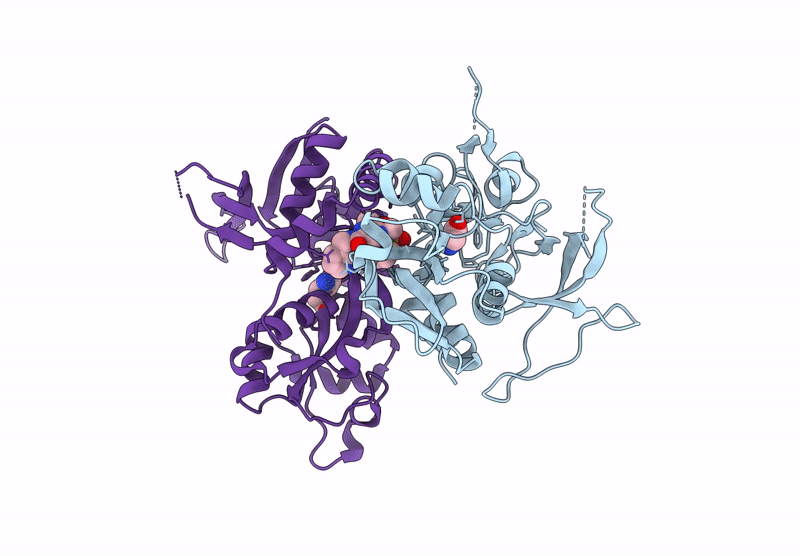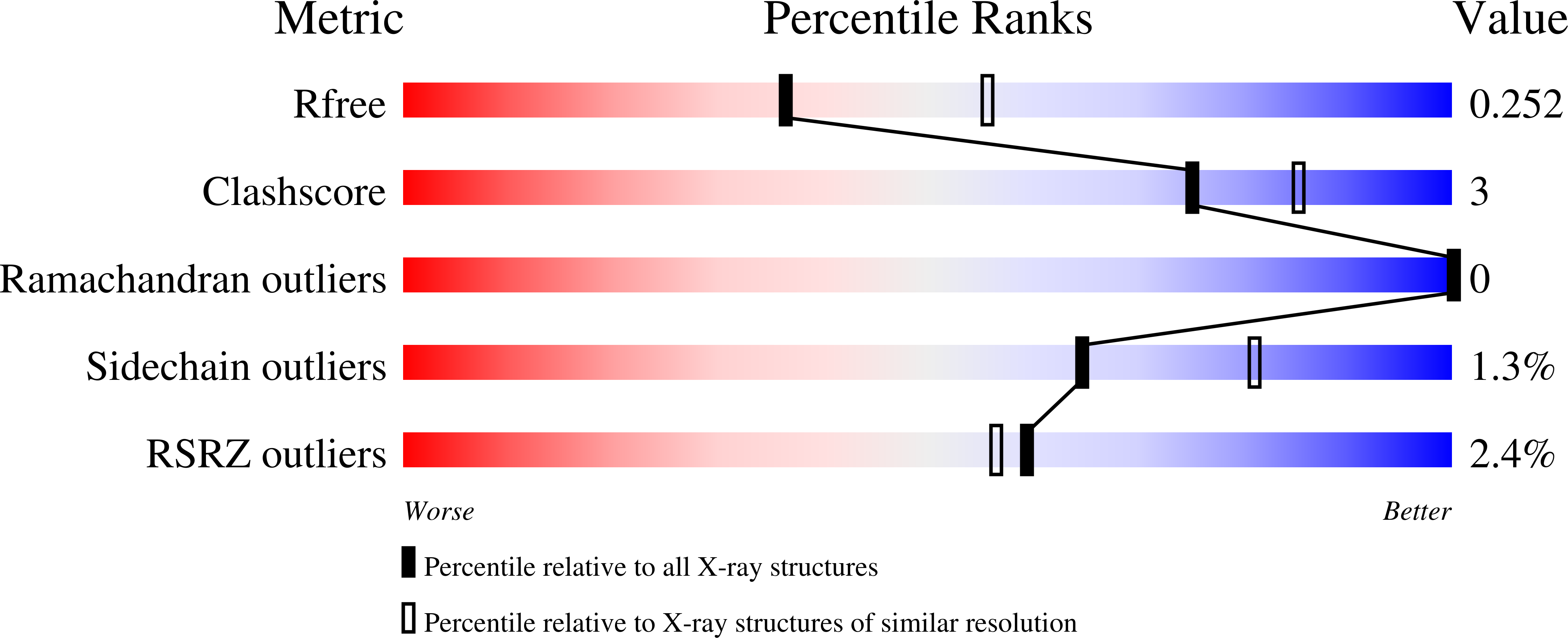
Deposition Date
2025-01-14
Release Date
2025-03-05
Last Version Date
2025-03-12
Entry Detail
PDB ID:
9MUL
Keywords:
Title:
Crystal structure of GluN1/GluN2A ligand-binding domain in complex with Compound 1, Glycine and Glutamate
Biological Source:
Source Organism:
Homo sapiens (Taxon ID: 9606)
Host Organism:
Method Details:
Experimental Method:
Resolution:
2.40 Å
R-Value Free:
0.25
R-Value Work:
0.19
R-Value Observed:
0.19
Space Group:
P 21 21 21


